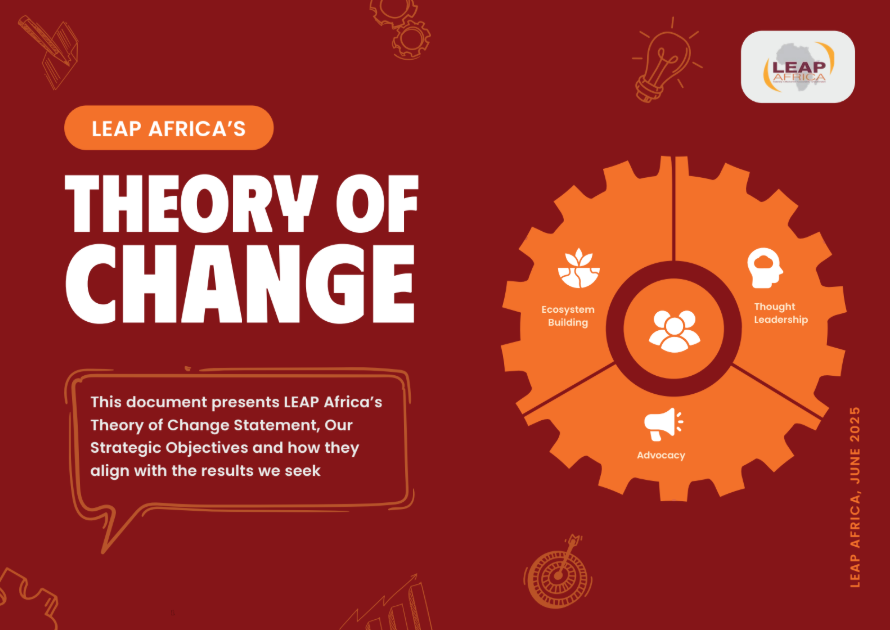Introduction
One of the most critical aspects of learning outcomes is the ability to create a conducive and positive learning environment for students. Every student deserves to learn in an environment that is clean, safe, allows them to be fully engaged with the teacher and with each other, and adequately equipped with resources they need to enhance their learning. They deserve an environment that is physically and emotionally secured so that they can maximize every opportunity for learning.
In Nigeria, this is not the case for most students who attend public schools; students are subjected to challenging learning conditions due to lack of proper learning infrastructures, corruption, bad leadership, lack of or misappropriation of funding, and unqualified and demotivated teachers. Interestingly the teacher is not the only one responsible for ensuring a conducive environment for learning; parents, school administrators, government, and other education stakeholders have a role to play to ensure that students get a well-rounded educational experience.
State of Public Schools in Nigeria
From run-down buildings, inadequate classroom space, lack of health facilities, broken class furniture to lack of proper toilet facilities, many public schools in Nigeria are in deplorable conditions. In some public schools, students are subjected to sitting on the floor in poorly built or uncompleted makeshift classrooms while others learn under the shade of trees. Many public schools in Nigeria are substandard, lacking basic sanitary rooms, health facilities, and clean drinking water, classrooms, furniture, lack of electricity, and teaching equipment. In some public secondary schools, teachers are expected to teach over 90 students, which is more than the recommended class size for one teacher; some students share desks and chairs. Learning resources are inadequate and insufficient, and libraries have limited books or outdated versions. Computers are either broken or non-existent in these schools, laboratories do not have the required equipment for practical’s, and students are not able to put into practice what they are learning. Perhaps this is a result of lack of political will from the government. Although successive governments have introduced policies to improve education, this has not translated to improved quality of education in public schools. Often, it may seem that many students are forced to attend these schools due to their social status and their parent’s inability to afford private schools.
Some public-school teachers are not motivated or qualified for the role, and this is unfortunate because the teacher is an essential factor in ensuring a conducive and positive environment for a student. Teachers in public schools are often underpaid, which forces them to have other sources of income that can hamper their commitment to their teaching profession. A teacher’s level of dedication is critical when providing a conducive environment for students. How a teacher interacts with students also contributes to their motivation to learn and the climate of the classroom. Research shows that students who tend to have confidence in their teachers perform well academically. How can a teacher create a positive environment in the classroom if they lack the motivation to teach and to inspire learning in their students? The classroom climate is vital in promoting a positive atmosphere. Students spend a great deal of their time in school; it can be a second home for students; therefore, it should be a conducive environment where effective teaching and learning can take place.
Findings from LEAP Africa’s iLEAD leadership and life skills program in Akwa Ibom State revealed how students implemented the skills and mindset they acquired during this program to take the initiative in solving the problem of lack of furniture in their classrooms. This was a change project aimed at helping the students contribute meaningfully to their communities. The students took the lead in providing classroom furniture for a primary school within their vicinity where pupils had to sit on the floor to learn. Although partaking in the exercise was fulfilling for them, the students should not be put in the position to provide these for themselves in the first place. Funding by the government should have been allocated to ensure that chairs and desks suitable for learning were provided. How will the quality of education in Nigeria improve if funding and resources are misappropriated? The quality of education given to the Nigerian child will have a significant effect on national development. More attention should be paid to the environment where teaching and learning occur if the future of the educational sector must be secured.
From Deplorable to Conducive: What Can Be Done?
Most public schools in Nigeria are not conducive enough for students to learn correctly to develop the appropriate attitudes, skills, and knowledge they need to become responsible citizens. The outcome of such a negative school environment is likely to result in low-quality education. It is, therefore, pertinent for the government to allocate more funding so that infrastructural facilities like libraries, laboratories, sports equipment, teaching, and learning resources can be adequately procured. The government at all levels, should take responsibility for providing the necessary facilities.
Regular inspections of schools will play a significant role in ensuring that facilities and equipment’s procured are properly maintained. This can be achieved with the Ministry of Education organising regular inspection visits by state inspectors or external agents who will give reports on their findings. Schools should either be rewarded or given a warning based on these reports. This will ensure that school management and teachers adhere strictly to maintenance policies and ensure that facilities and school resources are well taken care of.
Several Non-Governmental Organizations provide interventions to underserved public schools in various parts of the country through the provision of learning resources, training, classroom furniture, and health check-ups. The government can forge collaborative partnerships with these NGOs to increase efforts in providing quality education for public school students.
In conclusion, it is therefore pertinent to note that adequate learning and teaching resources, comfortable class furniture, a clean environment, well-maintained buildings can contribute to effective teaching and learning outcomes. These positive outcomes will, in turn, improve the quality of education in Nigeria.



